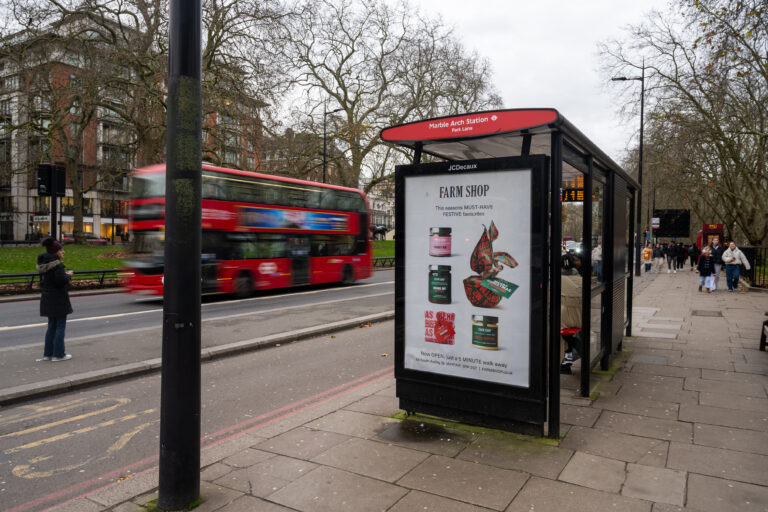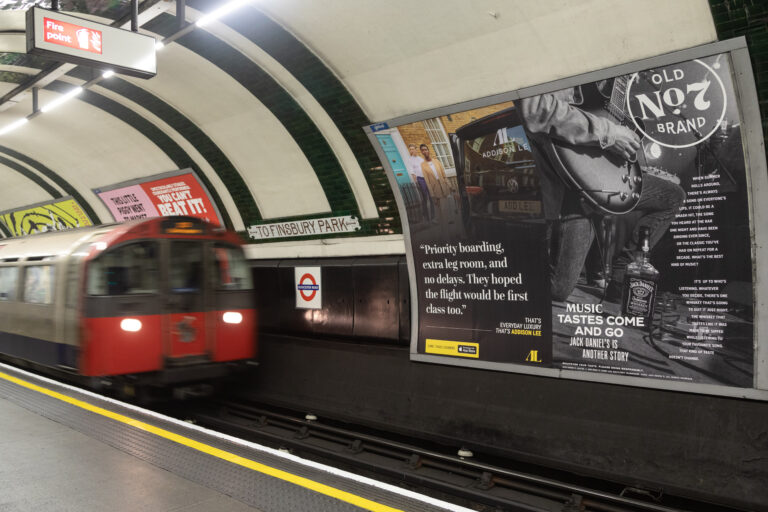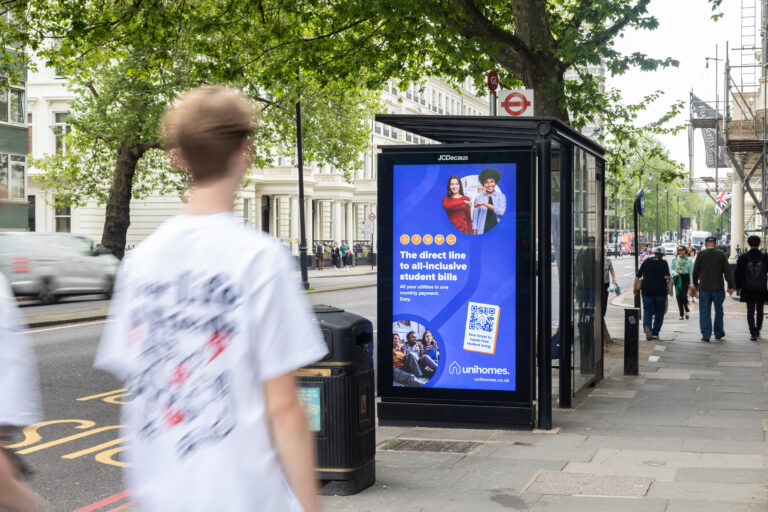The History of Piccadilly Lights
In 1904, the first electric sign at Piccadilly Circus was launched spelling “Mellins Food”, followed by a number of illuminated advertising boards over the coming years. The first brands to advertise here included Perrier water and Bovril, with Bovril being the first ti advertise by neon light in 1910.
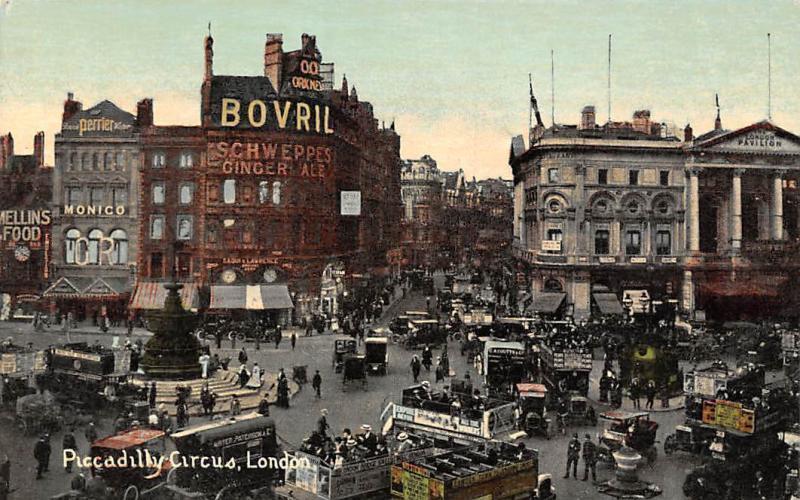
In 1926 the circus became a one way roundabout with traffic lights also introduced. Due to the high levels of traffic from cars, buses, taxis and footfall from Piccadilly Circus tube station, this junction quickly became one of the busiest in London.
The Circus was redeveloped in the throughout the 1950’s and 1960’s, with Coca-Cola launching their sign in 1954, who are to this day one of the most prominent advertisers at this site.
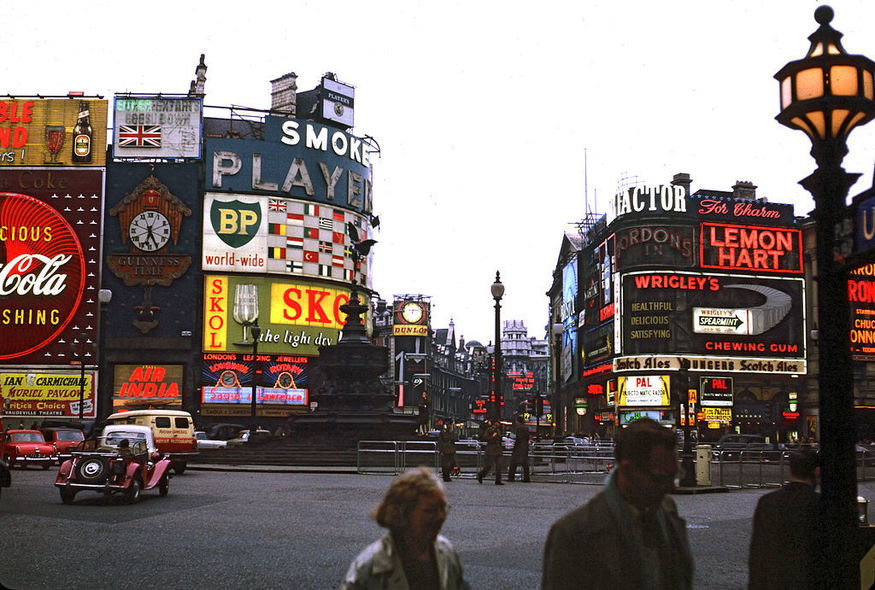
The iconic digital LED displays as we know them today where launched in the 2000’s, with all neon lamps being removed by 2011.
In 2017 there was a refurbishment which replaced previous screens with Europe’s largest single digital screen, keeping it’s curved shape and the ability to have a patchwork appearance.
This also paved the way for full-motion content including 3D anamorphic effects which has seen an increase in demand in recent years.
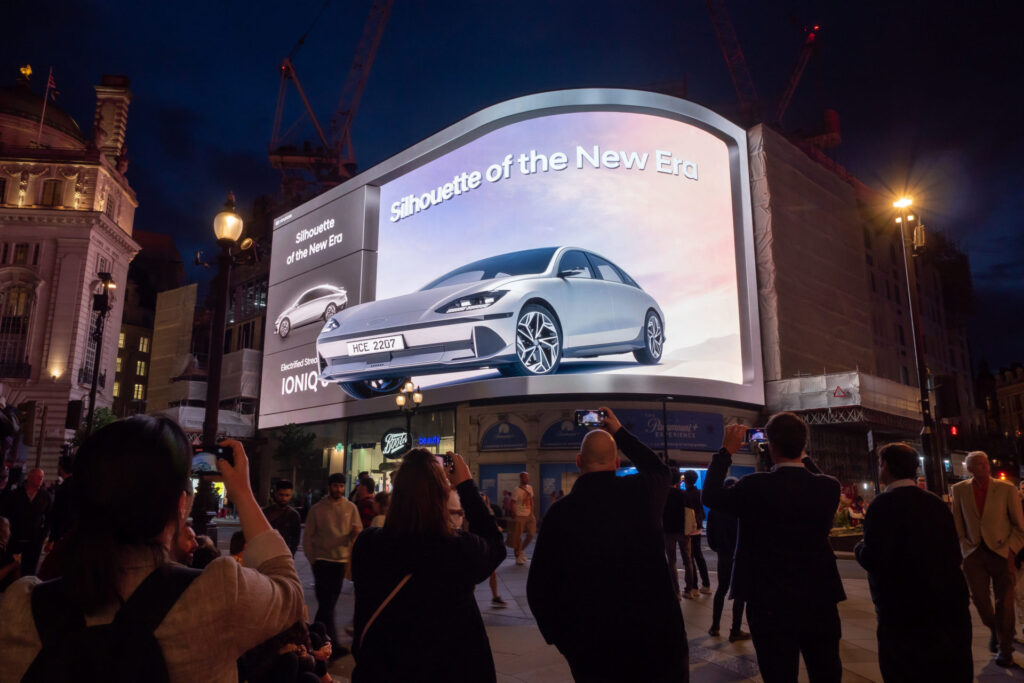
Why Advertise At Piccadilly Lights?
Piccadilly Lights is one of the most famous advertising locations in the world with an estimated 100 million people seeing the screen every year. Akin to New York’s Times Square billboards, this iconic site gives a certain prestige and can elevate a brand’s status by associating with other high-profile brands that advertise here.
The scale and technological features of the billboard provide a unique canvas for brands to tell more compelling and visually captivating stories. This can enhance brand recall and emotional impact.
Due to the fame of this site, advertisements here are often reshared on social media and spread organically through digital channels which can significantly boost the effectiveness of campaigns.
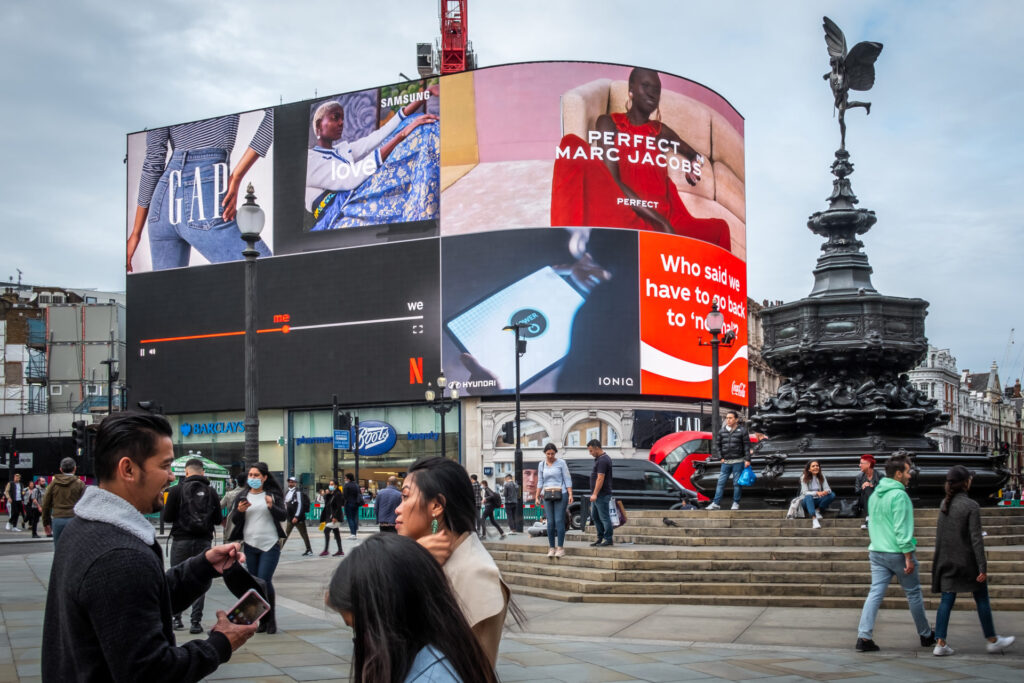
Piccadilly Lights Case Studies
Coca-Cola: One of the longest-standing advertisers at Piccadilly Lights, Coca-Cola has been a fixture since 1954. Coca-Cola’s use of this space is a classic example of brand visibility, using the site to reinforce its global image with dynamic and festive displays that highlight its brand as a symbol of happiness and unity.
Samsung: Samsung took over the Piccadilly Lights in 2015 with an innovative campaign that launched its Galaxy S6 and S6 edge smartphones. The campaign featured a countdown to the launch date, followed by a reveal of the new phones, maximizing anticipation and consumer interest.
L’Oréal Paris: Marking its 40th anniversary in 2011, L’Oréal Paris featured live tweets from consumers on the Piccadilly Lights. This campaign used the hashtag #TurnHeads, which integrated social media with outdoor advertising, creating a dynamic and interactive experience for viewers.
Google: Google’s use of Piccadilly Lights has included various dynamic digital campaigns that highlight the functionality of Google products like the Google Assistant. These often interactive displays engage passersby by showcasing real-time capabilities and user interaction possibilities.
Stella McCartney: In a creative use of the space, Stella McCartney’s 2020 campaign featured a QR code that viewers could scan to be directed to a website showcasing her sustainable fashion line. This was an innovative way to blend digital interaction with physical advertising space.
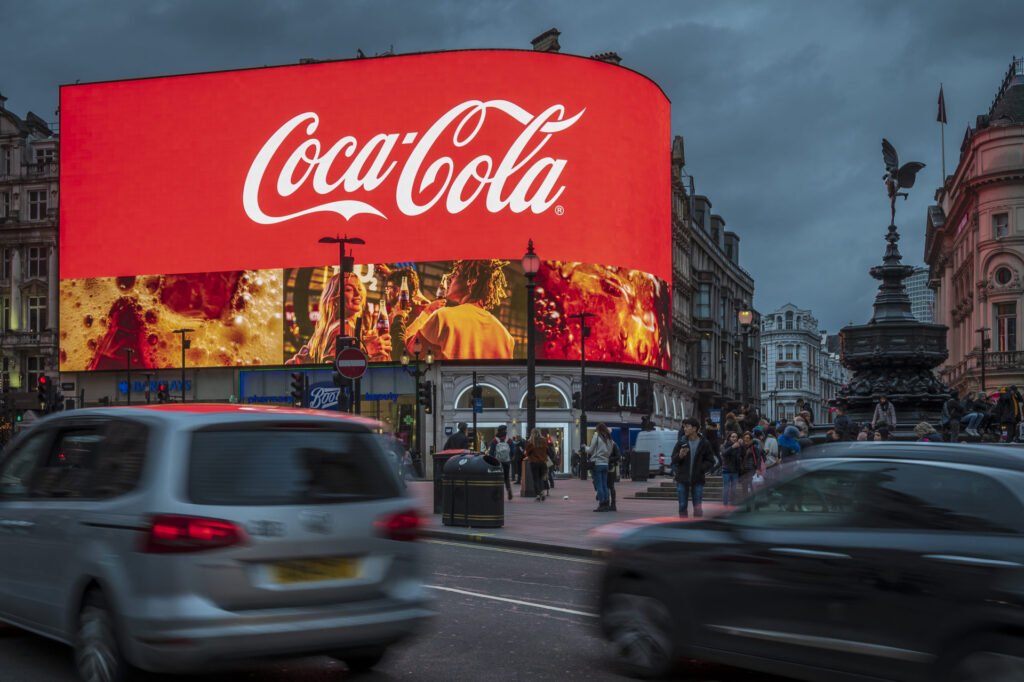
How Much Does Piccadilly Lights Cost?
Piccadilly Lights pricing can vary depending on the duration of campaigns, share of voice, time of year and any creative effects such as 3D anamorphic content. As a guide, advertising on this iconic screen starts at £250,000 per week.
If you’d like to learn more or discuss advertising opportunities at Piccadilly Lights, please contact us today.

